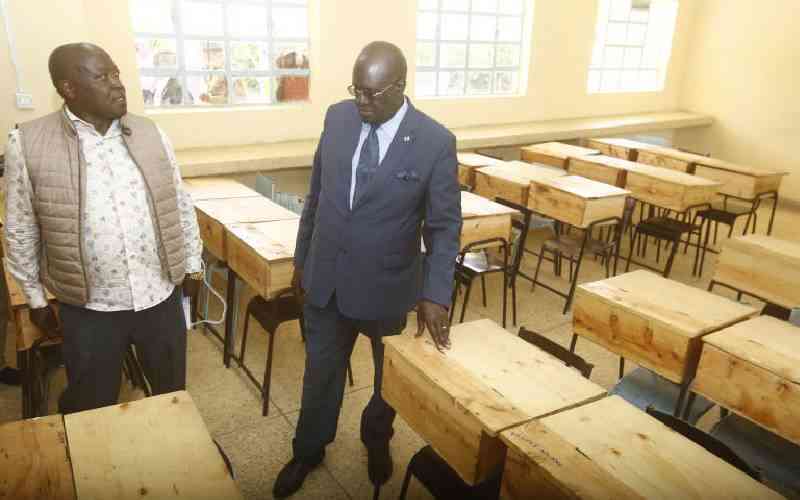×
The Standard e-Paper
Read Offline Anywhere

Teacher shortage in public schools is real, enormous and growing - in actual fact, teacher deficit is worse than the government's projections.
In the 2019/23 Strategic Plan, Teachers Service Commission (TSC) estimated a teacher shortage of 99,081 (2019); 98,448 (2020); 97,826 (2021); 97,214 (2022) and 96,612 (2023).